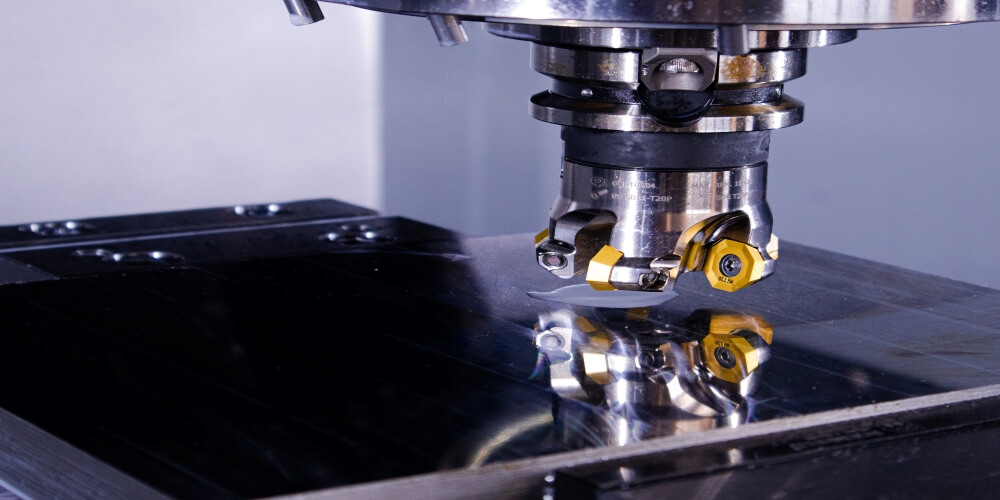All manufacturing processes must involve the use of tools to make parts and prototypes. The choice of tooling will determine the pace and effectiveness of your production process. Tooling is not a one fit for all issues, you must consider the cost, volume, and time required to produce. With the current market shifts, manufacturers are forced to incorporate rapid prototype tooling since production cycles should be short. Most people are not aware that tooling has three distinct categories; prototyping, bridge tooling, and production tooling. As the names suggest, each of the classes has different components and applications.
Rapid Prototype Tooling
Rapid prototype tooling is a vital part of any manufacturing process. Rapid prototyping started in the 1990s, where engineers used plastic injection to develop prototypes. The nature of the market requires manufacturers to shorten the production cycle to produce a lot quickly. Rapid prototyping ensures that you get customer feedback and act on it fast. The main aim is to reduce production costs by using less durable tools capable of fast output. It is a race against time, and convectional tooling techniques are slow and costly. Traditional tooling uses metals such as steel, which has a long life cycle but very expensive. Rapid prototyping uses aluminum because it is relatively cheap and does not affect the quality of the production process’s materials. The validation process involves low volume production and does not require complex tooling. Rapid prototype tooling helps you save on time and cost.
Bridge Tooling
Bridge tooling is simply the transition between a prototype and the final product. Bridge tooling is used to set the pace for full production. The requirements for this stage are not as robust as those used in the production process. Manufacturers used bridge tooling for initial production as they set up production tooling. The two can supplement each other to ensure the smooth flow of the production process.
Production Tooling
After a prototype has undergone testing and is fit for production, production tooling is used to assemble the final product. Of the three, production tooling is the most delicate since it focuses on the final product. This means that tooling is expensive; hence a hefty investment should be geared towards it. More time should be allocated when using production tooling to ensure that the final product maintains functionality. You have already invested a lot in prototyping and bridging; a single miscalculation can see all your efforts go down the drain.
Benefits of rapid tooling
Rapid tooling has revolutionized production cycles, making them much shorter and cost-effective. Here are some of the benefits that accrue as a result of rapid prototype tooling;
- Design innovation
- Time-saving
- Fast production
- Cost-saving
- Quality assurance
Conventional tooling requires a lot of time to complete production, and the materials used to make these tools are expensive. Rapid tooling aims at shortening the production cycle and reduce the cost of production. Industries using rapid prototype tooling can cut down the cost of production by a staggering 50%
